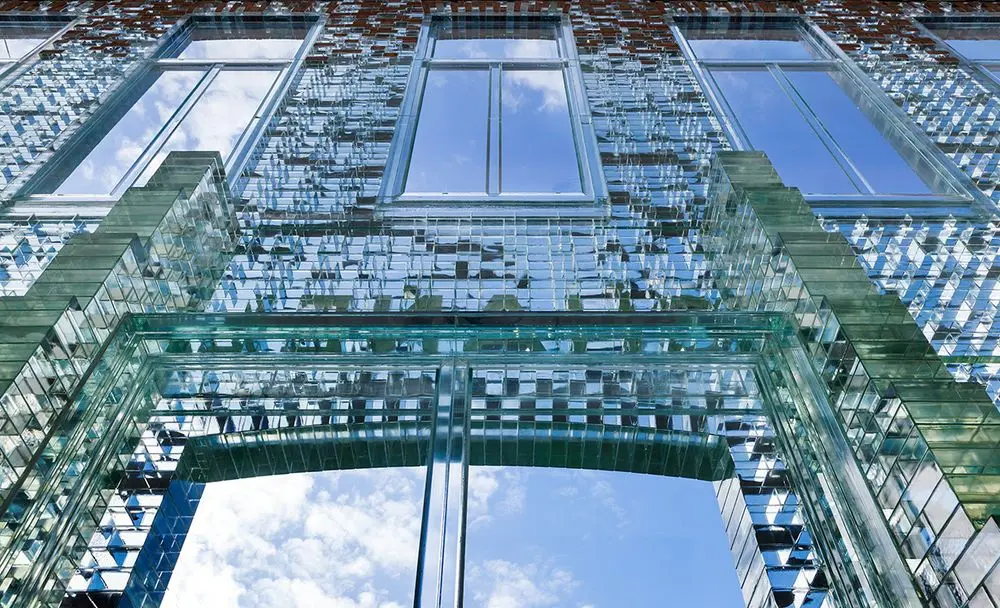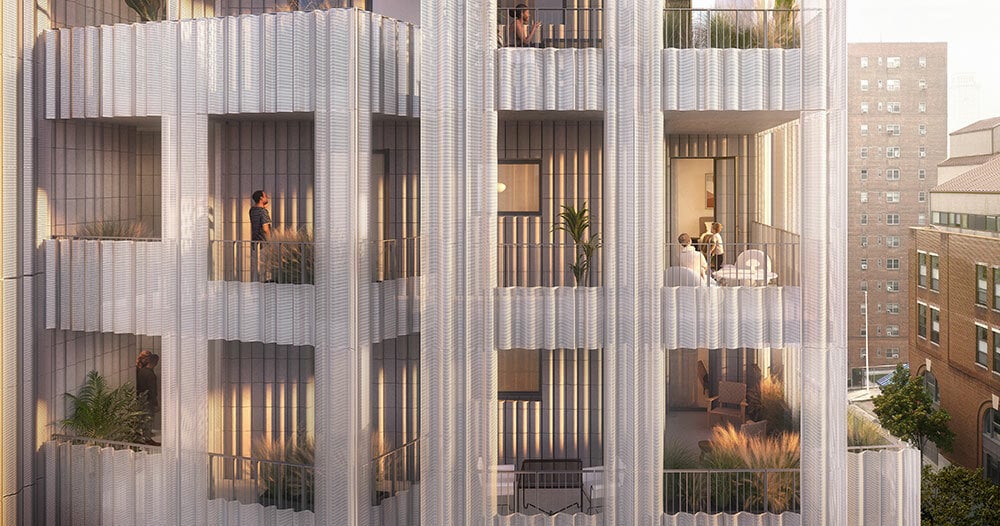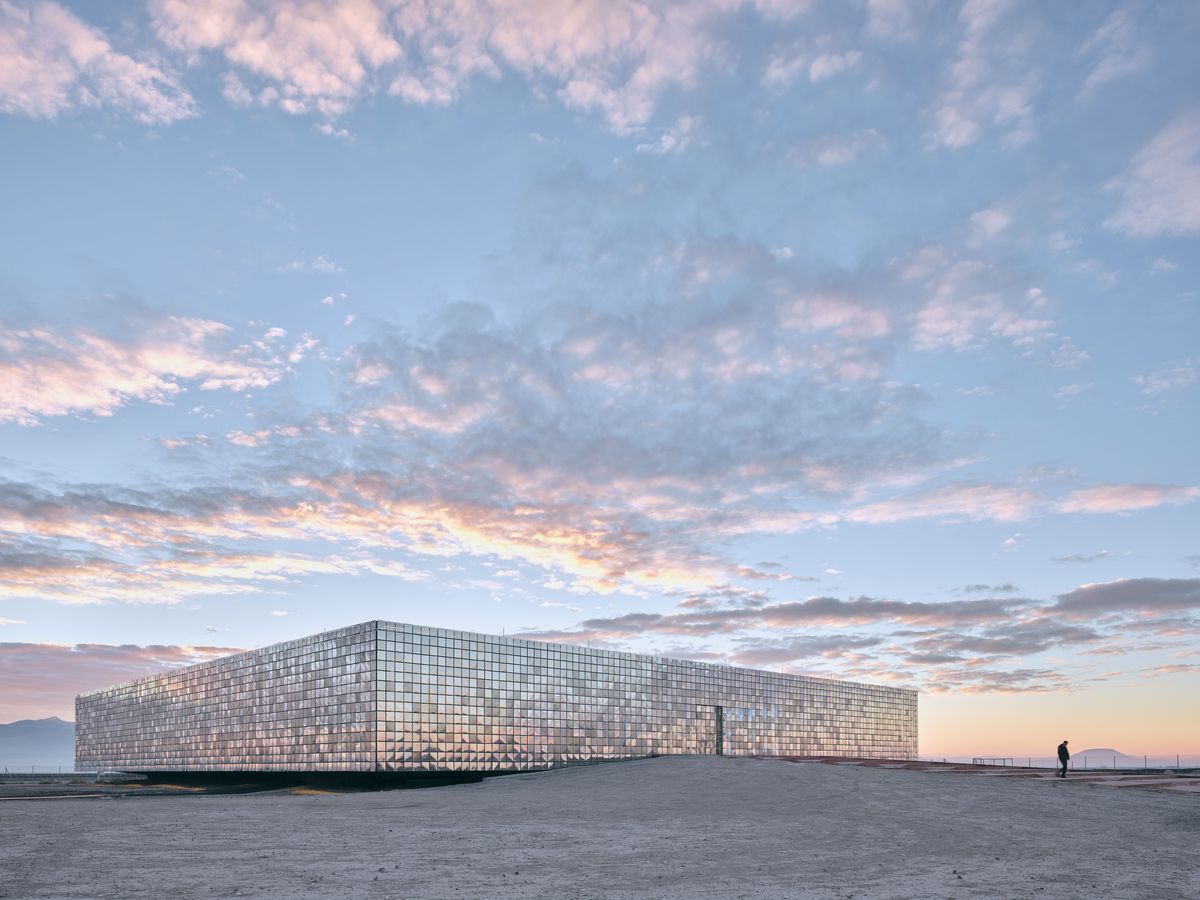
Polished steel for reflective surfaces
Image courtesy by Bilgin Architects
In architecture, the shimmering effect refers to a visual phenomenon that occurs when light interacts with building materials or surfaces, creating reflections or refractions that produce an effect of sparkle or shine.
This can be achieved by applying special coatings or pigments or by using reflective materials such as glass or polished steel. Indeed, on a building whose façade is made of highly reflective materials, reflections are created that move and change intensity depending on the angle of light incidence and weather conditions.
This trend can be observed in a variety of architectural contexts, including commercial, residential, cultural, and public buildings. It is often used to create iconic buildings that stand out in the cityscape and catch the attention of passersby. But it is also not uncommon to find it in contexts far removed from the city.
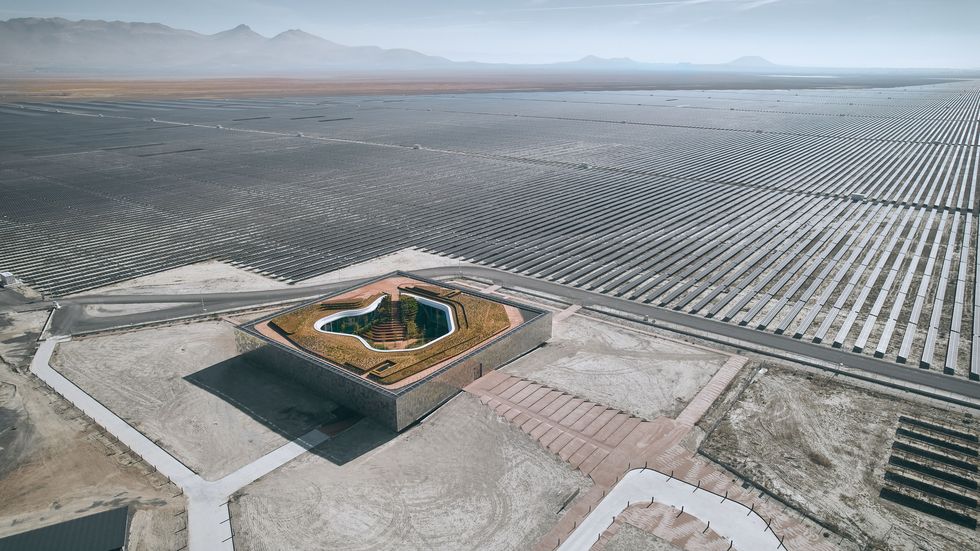
Such is the case with the Central Control Building, the Control Center that Istanbul-based Bilgin Architects built in Turkey’s Karapinar Plain for one of Europe’s largest solar parks. The rectangular-shaped building is designed as an extension of the 3.2 million solar panels it manages and from which it maintains a strategic distance, useful to avoid shading. The building’s façade is composed of 7,200 stainless steel panels, some of which have a polished mirror finish to reflect the surroundings and help the building blend in. The panels, designed with 4 different levels of transparency, act as a shield against strong sunlight to minimize heat absorption and improve the building’s climatic comfort. Their irregular arrangement, then, generates a distinct and non-repetitive pattern on the façade that interacts with changing weather and lighting conditions.
The result is a building that dialogues with the surrounding geography, on the one hand placing its gleaming metal facade in contrast to the arid desert environment in which it is located; on the other, reflecting the elements, lights and colors of the surrounding space, becoming an integral part of it.
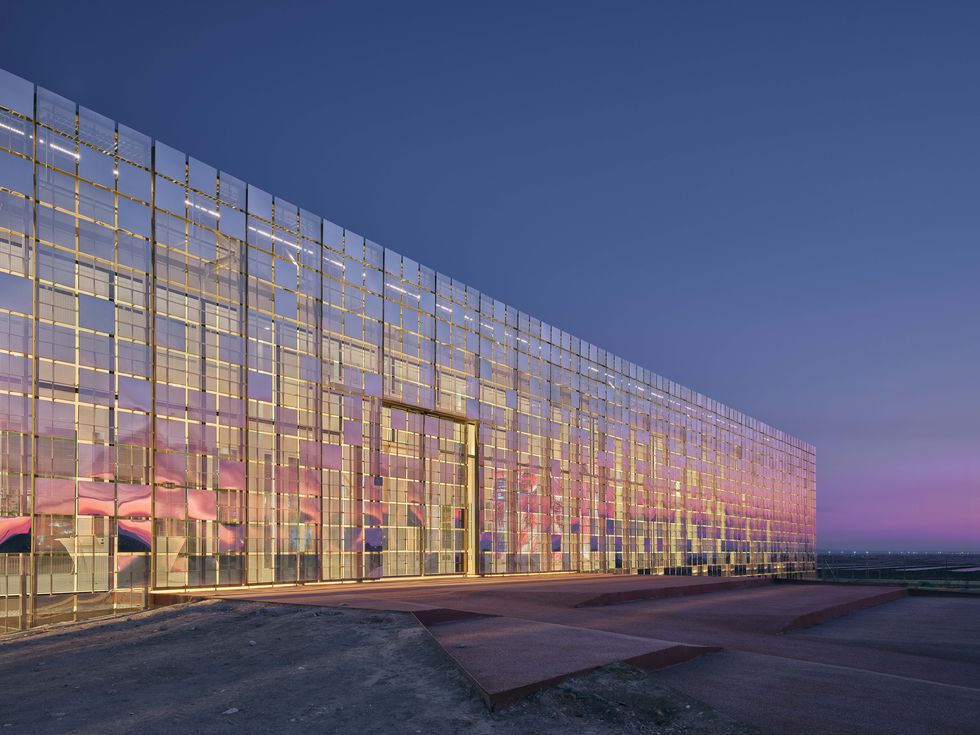
A similar effect can be seen in another Turkish building, the Istanbul Modern Museum designed by Renzo Piano and opening in spring 2023. Located on the waterfront in Karaköy, a historic area of Istanbul where the waterways of the Bosporus and Golden Horn meet, the building is a five-level structure, three above ground and two underground, with a total area of 15,000 square meters.
Again, the facade consists of metal panels that play with the reflections of light and water from the Bosphorus, generating an iridescent effect reminiscent of fish scales and allowing the building to blend well into its surroundings.
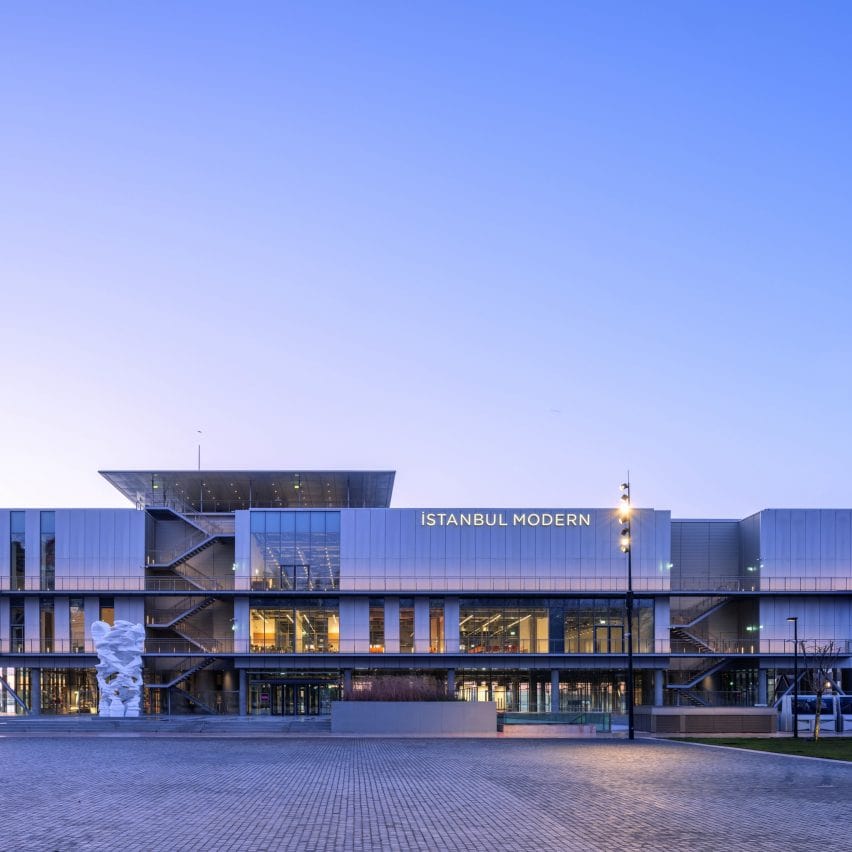
Do you want to be up-to-date on the latest trends and news about your industry?
Subscribe to Material ConneXion Materials Insights. Browse contents and reports on innovative materials in The Stacks platform, and access the Materials Library database with its 10,000+ innovative materials from manufacturers around the world. Write us.

